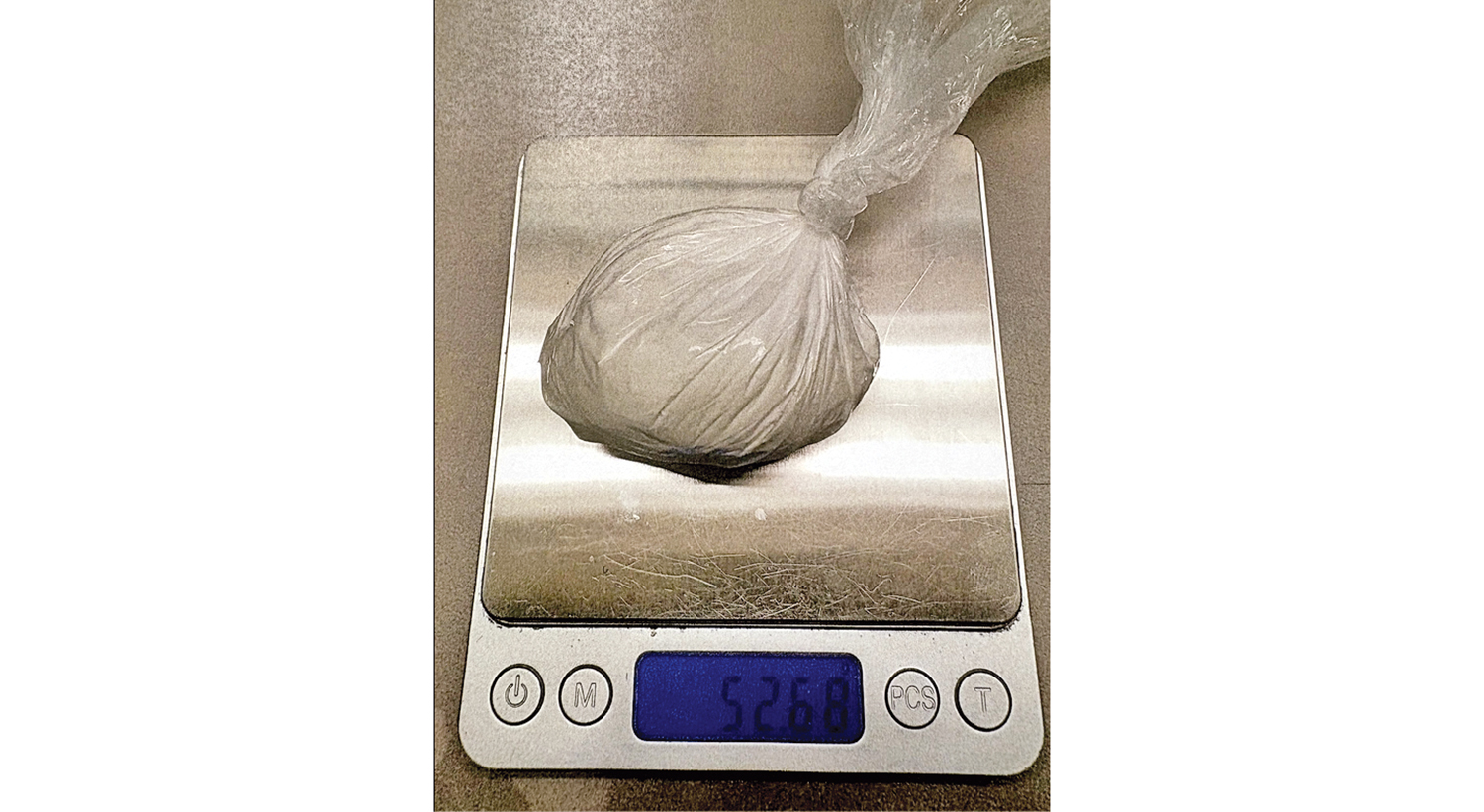Ohio to spend $50M on 2M home coronavirus tests
Published 1:06 am Monday, January 25, 2021
COLUMBUS (AP) — Ohio will use $50 million in federal pandemic aid dollars to buy 2 million at-home rapid coronavirus tests to help local health departments respond faster to testing needs, Gov. Mike DeWine announced Thursday.
The governor also said the state’s 10 p.m. to 5 a.m. pandemic curfew, due to expire in a couple days, will be extended, though he didn’t provide details. Meanwhile, Lt. Gov Jon Husted said the state is wrestling with huge numbers of fraudulent unemployment claims being filed for federal pandemic aid.
Of 1.4 million of those claims, nearly 800,000 have been flagged as fraudulent, including a claim someone made in Husted’s name, the lieutenant governor said.
The at-home test kit deal involves a partnership between the state, Miami-based digital health company eMed and Chicago-based medical device company Abbott Laboratories. Users can administer the BinaxNow at-home rapid antigen tests with results available in about 15 minutes.
Users will receive online guidance to take the tests, and the results will be recorded with the Ohio Department of Health, according to eMed. Local health departments have been asking for this type of rapid testing, DeWine said.
The rapid antigen tests are not as reliable as PCR tests, which examines genetic material specific to the virus. DeWine experienced this disparity last summer when he had a false positive antigen test, followed a few hours later by a negative PCR test.
The bigger concern is “false negatives,” said Ohio chief medical officer Dr. Bruce Vanderhoff. That means testing that shows a negative result even though the patient may have the coronavirus.
“A negative antigen test does not really give you the kind of confident answer that a positive test does,” Vanderhoff said. “But if you have a positive result, then you know what you need to do.”
Regarding the curfew, DeWine said he understands the frustration of bar and restaurant owners who say the 10 p.m. cut-off is arbitrary and the same precautions against social distancing can be made later into the evening.
The curfew was a compromise with experts who said bars and restaurants should be shut down altogether, said DeWine, reiterating a point he’s made often.
The next step might be to extend the curfew to 11 p.m., “but we’re just not there,” the governor said.
Also Thursday, the state said the number of Ohioans filing initial claims for state unemployment compensation during the ongoing coronavirus pandemic jumped last week.
The latest figures show Ohioans filed 42,975 initial jobless claims for the week ending Jan. 16, a 15% increase over the previous week, the Department of Job and Family Services said. Ohioans also filed 265,467 claims for continued unemployment, slightly down from previous weeks.
The seven-day rolling average of daily new cases in Ohio did not increase over the past two weeks, going from 7,438 new cases per day on Jan. 6 to 6,113 new cases per day on Jan. 20, according to an Associated Press analysis of data provided by The COVID Tracking Project.
The seven-day rolling average of daily deaths in Ohio has risen over the past two weeks from 73 deaths per day on Jan. 6 to 75 deaths per day on Jan. 20, the data showed.
More than 450,000 Ohioans — or about 4% of the state’s population — have received at least one dose of the Pfizer or Moderna vaccines since mid-December.






